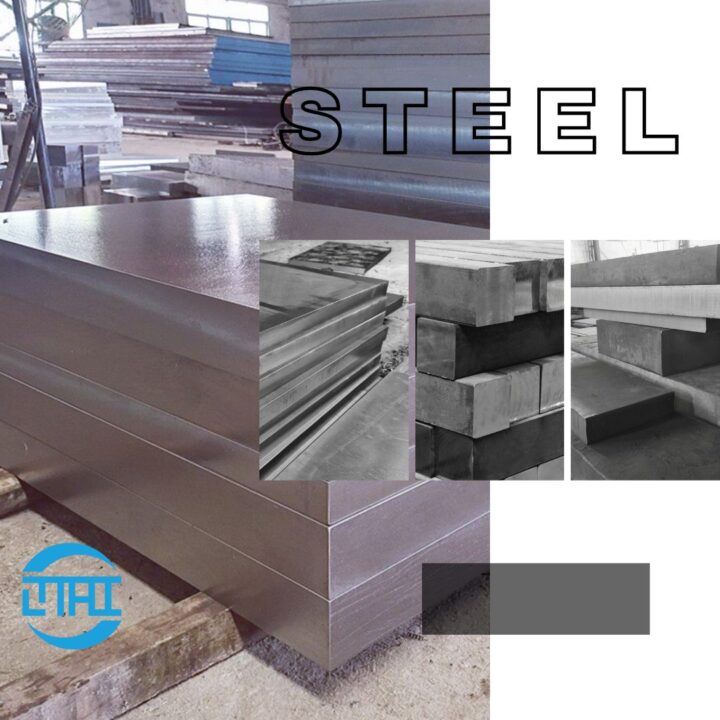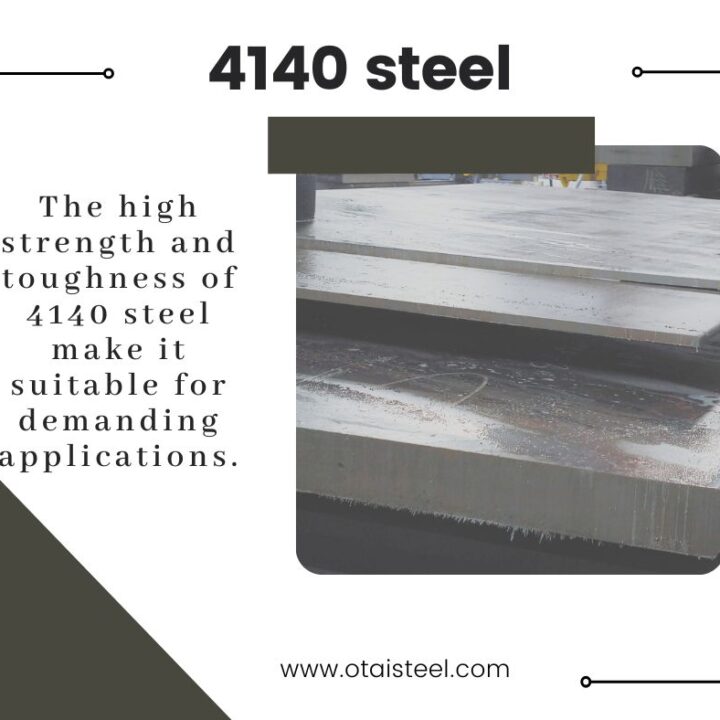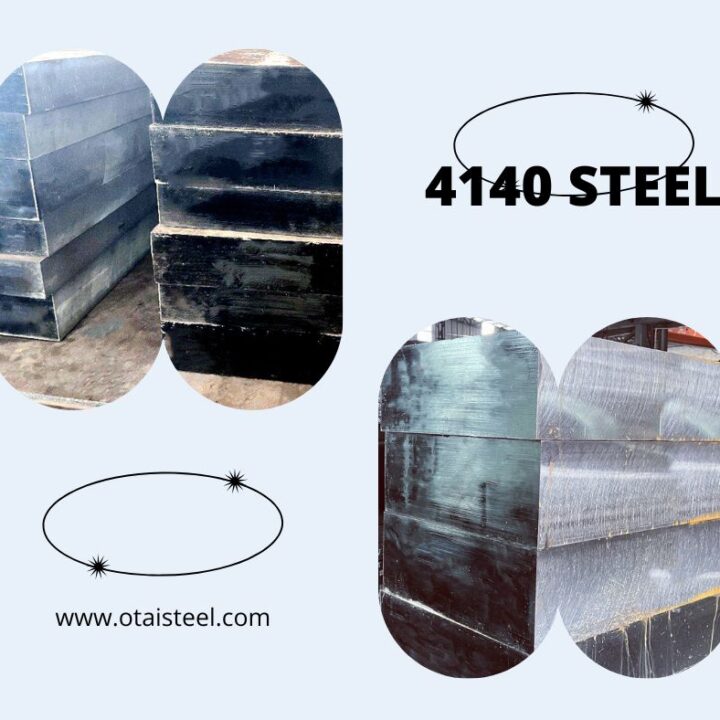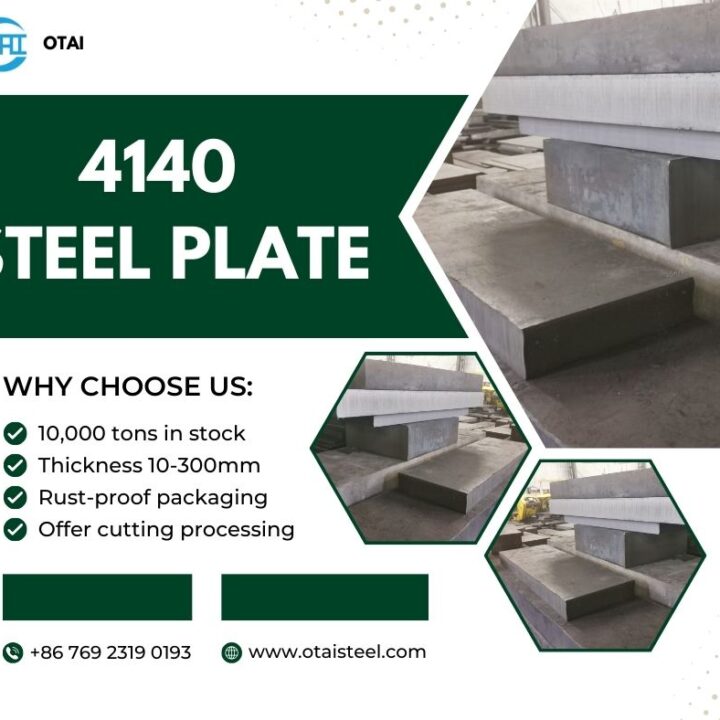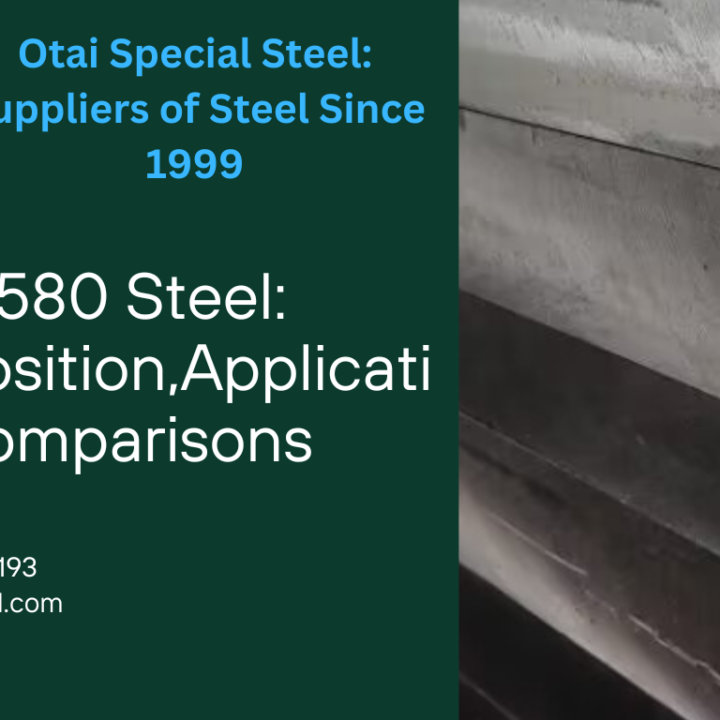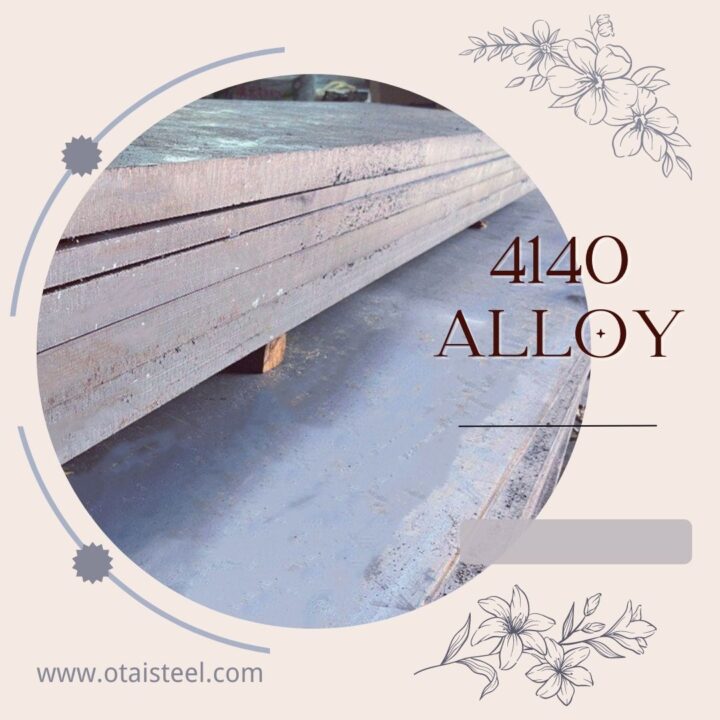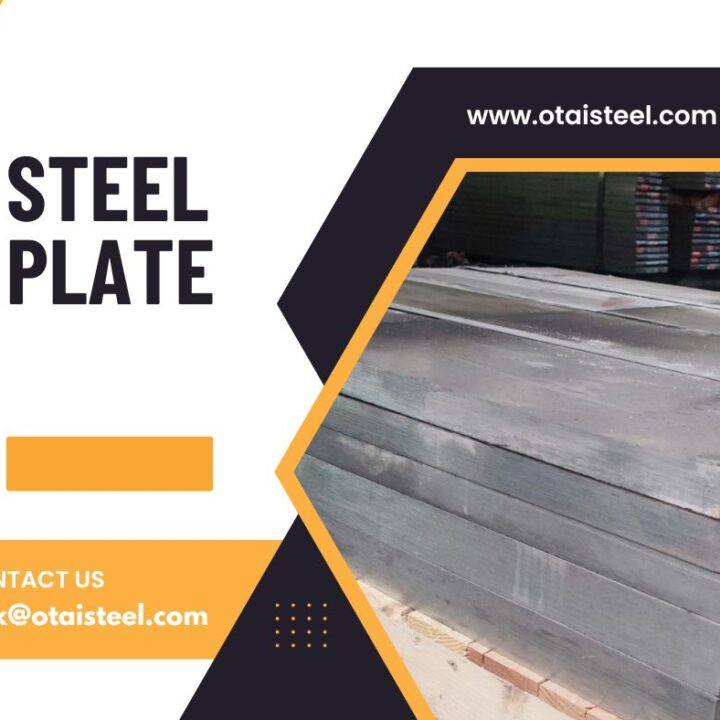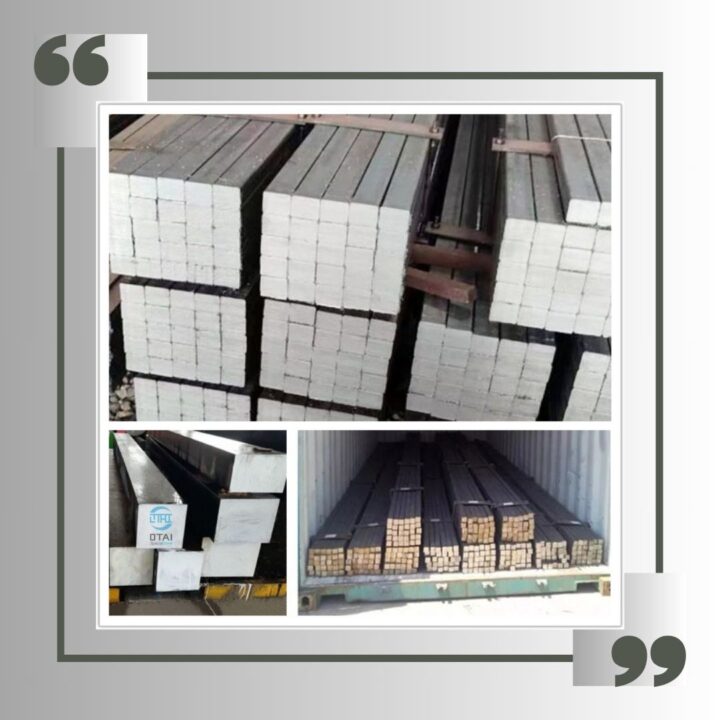At its core, 4140 steel, designated under the AISI (American Iron and Steel Institute) as AISI 4140, is a low-alloy steel known for its remarkable properties. This alloy primarily consists of chromium, molybdenum, and manganese, which impart distinct characteristics to the material.
Unveiling the Chemistry
- Chromium (Cr): Comprising approximately 0.8% to 1.1% of the alloy, chromium contributes to the steel’s corrosion resistance and its ability to be hardened.
- Molybdenum (Mo): Present in the range of 0.15% to 0.25%, molybdenum enhances the steel’s strength and toughness, making it suitable for a wide array of applications.
- Manganese (Mn): Typically found in quantities of 0.75% to 1.0%, manganese assists in the formation of a fine-grained microstructure during heat treatment, a crucial factor in determining the steel’s mechanical properties.
Prehard Hardness: The Key Advantage
One of the standout features of 4140 steel is its prehard hardness. This term refers to the hardness level exhibited by the steel before undergoing any heat treatment. AISI 4140 steel typically boasts a prehard hardness ranging from 28 to 32 HRC (Rockwell Hardness Scale C). This inherent hardness makes it an attractive choice for numerous applications where strength and durability are paramount.
Applications Across Industries
Automotive Excellence
In the automotive industry, 4140 steel finds extensive use in crafting essential components. From crankshafts to axle shafts and gears, this steel’s prehard hardness ensures that these parts can endure the demanding conditions of engine operation, providing reliability and longevity.
Soaring in Aerospace
Within the aerospace sector, 4140 steel’s prehard hardness is highly prized for its ability to withstand extreme conditions. The steel’s combination of strength and hardness ensures safety and performance at high altitudes.
Crafting Precision in Manufacturing
In the manufacturing domain, 4140 steel plays a pivotal role. Its prehard hardness allows for the creation of durable and precise tools and dies. Whether it’s in the production of molds for plastic injection molding or high-precision cutting tools, 4140 steel stands as a stalwart material, enabling the creation of intricate and reliable machinery.
Enhancing Prehard Hardness: The Heat Treatment Process
- Austenitizing: Heating the steel to a critical temperature range to transform its microstructure.
- Quenching: Rapidly cooling the steel in a quenching medium, such as oil or water, to lock in the desired hardness.
- Tempering: Subsequent heating at a lower temperature to reduce brittleness while preserving hardness.
4140 steel, with its remarkable prehard hardness and versatile properties, stands as a stalwart in the world of metallurgy and industrial applications. Its ability to withstand extreme conditions, coupled with its strength and durability, makes it an indispensable material across various sectors.
As we delve into the realm of 4140 steel, keep in mind its wide-ranging applications, from the automotive industry to aerospace engineering and manufacturing. Understanding its chemical composition and the significance of prehard hardness unveils the true potential of this alloy.
